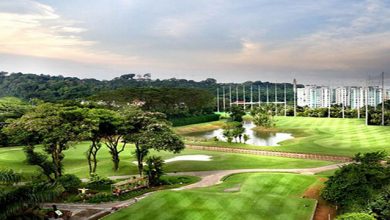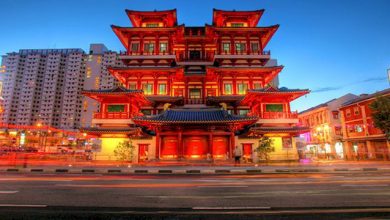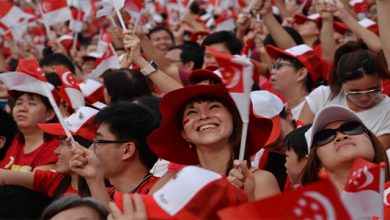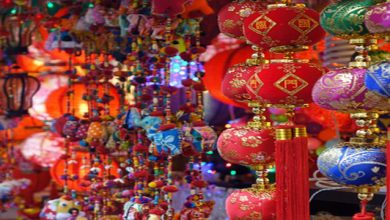Geography
Singapore has an area of 692.7 sq kilometers, considerably 3.5 times larger than the actual size of Washington, DC. The island is situated at the narrow point of Strait of Malacca off southern tip of Malay Peninsula in between South China Sea and the Indian Ocean. This equatorial island is geographically located 96 km north of the equator between latitude 1° 09’ North and 1°29’ North and longitudes 103° 36’ East and 104° 25’ East.
Singapore lies between Malaysia and Indonesia. Singapore is linked to Malaysia by two man-made causeway bridges, the Causeway in the north that links Singapore’s Tebrau Straits and Malaysia’s state of Johor and the Tuas Second Link also known as Linked Express in Malaysia, a bridge that connects the western part of Singapore to Johor. Indonesia’s key island of Riau is just a quick ferry trip. Singapore is comprises of one main island and 63 offshore islets. The main island has a total area of 617.1 sq kilometers. The larger off shore islands are Pulau Tekong, Pulau Ubin and Sentosa.
The island mostly lies within 15 meters above sea level. The center of the island is comprises of rounded hill, gentle spurs and valleys which are made up of igneous rocks and granite that ascends the peaks of Bukit Batong with 106 meters, Bukit Panjang with 132 meters, Bukit Gombak with 139 meters and the highest point of Singapore Bukit Timah at 166 meters. The valley of sedimentary rocks dominates the northwest part of the island, while on the west and southwest region the sedimentary rocks mount a series of narrow ridges that includes Mount Faber, Pasir Laba, and Pasir Panjang. To the eastern region of the island are sandy and flat lands where the streams have cut steep gullies.
The southern part of Singapore was used to be an urban area while the rest of the land was tropical rainforest, surrounded by mangrove swamps and agricultural land. However in 1960’s the government started on constructing new towns in outlying areas resulting in a completely develop built-up urban area. A number of small islands were joined to form new and larger islands suitable for industrial uses, hills were leveled and swaps were drained. This massive land reclamation caused Singapore’s land area grew from 581.5 sq kilometers in 1960s to 697.2 sq kilometers at present and might grow by another 100 sq kilometers by 2030.
The country has limited natural fresh water resources therefore artificial reservoirs and water catchment areas were constructed to meet the demands of fresh water supply. There are fifteen reservoirs in the country, three of those dwell in the center of the island. Rainfall is the primary domestic source of water in Singapore in which approximately 50% of the island’s water whilst the rest is being imported from the Malaysia. The rainfall is collected in reservoirs and catchment areas. There are also recycled water facilities and desalination plants that reduce the reliance on foreign supply.




